Published on October 26, 2018 Driven Products
The goal of a Tire Pressure Monitoring System (TPMS) is to help avoid traffic accidents, poor fuel economy, and increased tire wear due to under-inflated tires. Due to the influence tire pressure has on vehicle safety and efficiency, TPMS is required on vehicles manufactured for sale within the United States after 2007.
You’ve probably noticed the TPMS warning light on your dashboard at some point. This is a warning to let you know that one or more of your tires is under-inflated. In most cases you can pull your vehicle into a gas station and fill your tires with air to reach the manufacturer recommended tire pressure. However, this can also be a warning that one or more of your TPMS sensors are failing and it’s time for a new sensor.
| 1. Break the bead of the tire ensuring the valve is located on the opposite side of the rim from the bead breaker blade. When the tire is dismounted the valve must be located at 1 o’clock to the tire fitting head. | |
| 2. Apply lubricant to the valve stem. | |
| 3. Place the valve stem through the valve hole, ensuring the rubber makes good contact with the valve hole all around. | |
| 4. Use the valve puller to pull the valve stem through the hole until it snaps into place, ensuring that the valve angle is perpendicular to the hole. If using a metal valve puller, protect the rim. | |
| 5. Please note: failure to pull the valve through at the correct angle can result in damage to the valve stem or prevent the rubber from creating an air-tight seal. | |
| 6. Attach the valve stem to the sensor using the nut. Place the anti-rotation pin provided through the base of the valve stem, to keep the valve stem in place. The nut must be tightened to 12.5 in-lbs (1.4 Nm) using a T15 Torx bit and torque tool. | |
| 7. When remounting the tire on to the rim ensure that the valve starts on the opposite side of the rim from the tire fitting head. | |
| 8. Now that your sensors are installed, they will need to be relearned to your vehicle. Contact a Driven Products Fitment Specialist for help identifying your vehicle’s TPMS relearn procedure. |
The cost of installing TPMS sensors will depend on the installer. Assuming you already have your snap-in TPMS sensors purchased and ready to install, you can expect to pay between $20-$50 per sensor installation.
DP-Accessories brand snap-in TPMS sensors are equipped with an advanced Maxell battery. The typical life expectancy is 7-years or 100,000 mile. Our sensors come with a 3 year / 36,000 mile limited warranty.
Don’t confuse TPMS relearning with TPMS programming. Your DP-Accessories TPMS sensors are preprogrammed for your vehicle before we send them to you. When installing new TPMS sensors replacing, your vehicle manufacturer has specific steps to put the vehicle in learn mode and program the sensors. There are some vehicles that will relearn sensors automatically when your tires are rotated. However, most TPMS sensors will require an action by you to relearn them.
When installing new TPMS sensors replacing, your vehicle manufacturer has specific steps to put the vehicle in learn mode and program the sensors. There are some vehicles that will relearn sensors automatically when your tires are rotated. However, most TPMS sensors will require an action by you to relearn them.
Each vehicle manufacturer will have their own unique TPMS relearn procedure. Contact a Driven Products Fitment Specialist for help identifying your vehicle’s TPMS relearn procedure.
Filed in: installation tips, snap-in, snap-in tpms sensors, snap-in valve stems, tpms, tpms sensors
Share:With millions of vehicles expected to need TPMS sensor replacement, it’s important to know what is involved with the replacement, installation and relearn of TPMS sensors.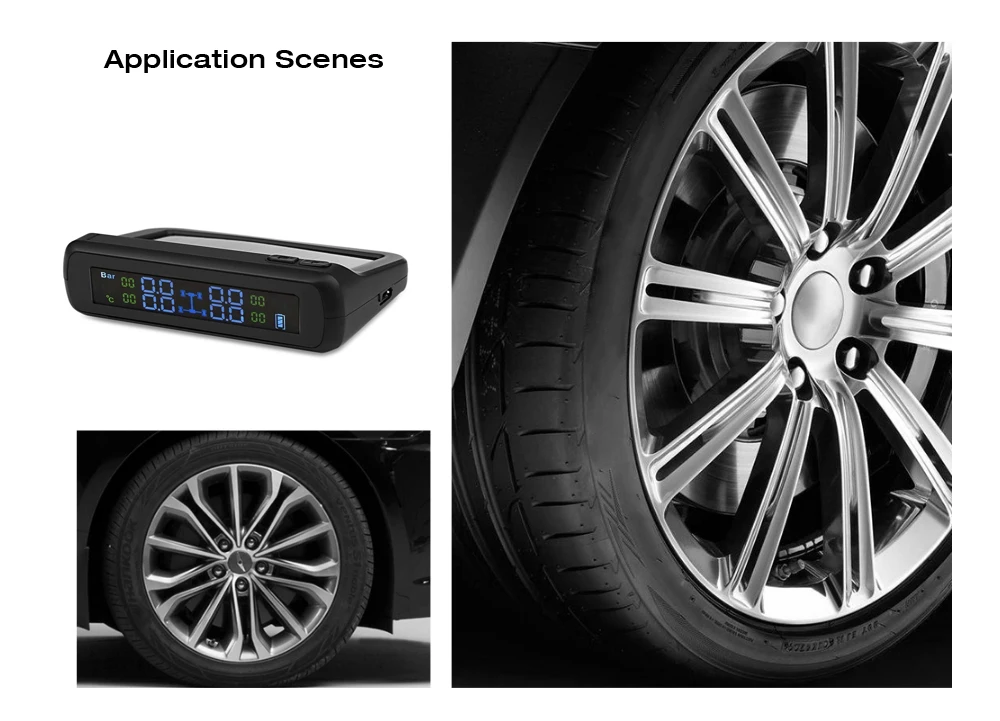
Over the last decade, the introduction of tire pressure monitoring systems (TPMS) has revolutionized the way motorists, shops and manufacturers approach tire maintenance. The system provides a great safety benefit to motorists by alerting them of underinflated tires. Low tire pressure may lead to a blowout and vehicle crash. Improper installation or maintenance of TPMS sensors can create challenges for technicians and shops.
A dashboard TPMS warning light on a vehicle could be signaling one or multiple issues such as a dead or dying sensor battery, a system’s inability to communicate with all vehicle sensors or low pressure in one or more tires. Following the TREAD act, all vehicles model year 2008 and newer are required to be equipped with TPMS, which increases vehicle safety by monitoring tire pressure and communicating this information to the driver.
The first cycle of vehicles affected by the TREAD act, which includes the roughly 6.8 million new vehicles sold in the United States in 2008, are prime candidates for TPMS service as their sensors are beginning to reach the end of their 7-10 year life expectancy.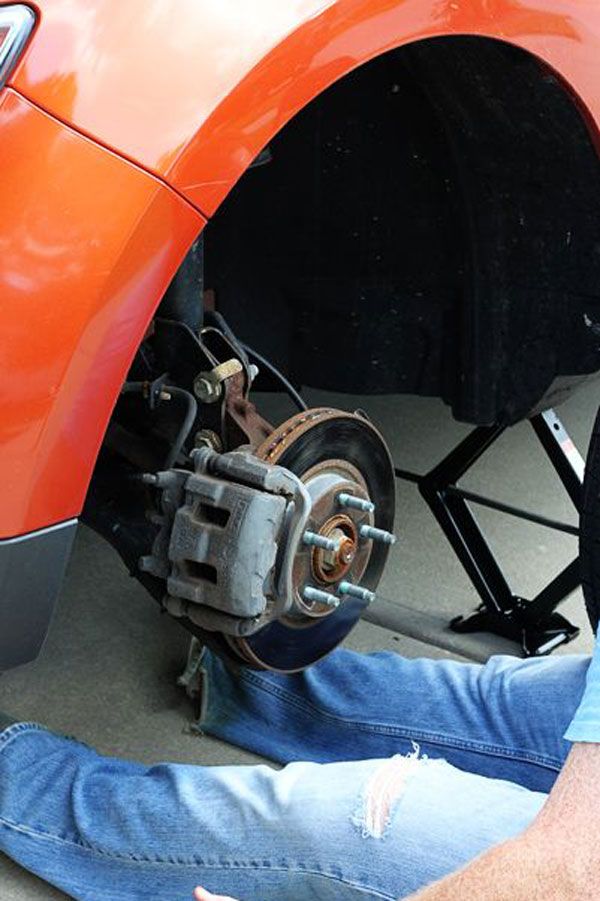 With millions of vehicles expected to need TPMS sensor replacement, it’s important to know what is involved with the replacement, installation and relearn of TPMS sensors.
With millions of vehicles expected to need TPMS sensor replacement, it’s important to know what is involved with the replacement, installation and relearn of TPMS sensors.
When investigating the cause of the TPMS warning light, start with a visual inspection. How old is the vehicle? Do the tires look low or flat? Is there physical damage on the sidewall, tread or rim?
Once you find the issue, it can be fixed. A tire may need air, repair or replacement, a rim may be damaged and need replacing or a sensor may be damaged or dead. Each time a tire is replaced or moved to a different position on the vehicle, or when installing new TPMS sensors, you may need to reprogram the system.
When replacing or recalibrating the sensors, manufacturers have created specific steps to put the vehicle in learn mode and program sensors. Some vehicles may relearn sensors automatically when tires are rotated. However, most TPMS sensors will require an action by you to relearn or reprogram them. To save time, a standalone or paired TPMS tool can be used to reset and relearn sensors quickly. Some tools will walk you through the relearn process. This includes putting the system in learn mode and reading each sensor. Some diagnostic scan tools will also include relearn procedures.
To save time, a standalone or paired TPMS tool can be used to reset and relearn sensors quickly. Some tools will walk you through the relearn process. This includes putting the system in learn mode and reading each sensor. Some diagnostic scan tools will also include relearn procedures.
Your customer may see the TPMS dashboard light as an annoyance, but you can educate them on the importance of proper and improper TPMS maintenance.
The major benefits of TPMS maintenance are extended tire life and safety. The system ultimately saves time and money by helping maintain proper tire pressure for even wear, better fuel economy and extended tire life.
A broken TPMS may also lead to lower fuel economy. With properly maintained and inflated tires, your customers can get better gas mileage and spend less at the pump.
As mentioned above, improper inflation can have a catastrophic impact on vehicle safety, including tire breakdown and failure. Properly inflated tires can mean the difference between safe driving and a higher risk for accidents.
Properly inflated tires can mean the difference between safe driving and a higher risk for accidents.
In comparison to other systems in today’s vehicles, TPMS is relatively straightforward. However, don’t overlook two factors in TPMS service – the spare tire and location of the sensor within each tire.
A spare tire typically remains forgotten, mounted to the frame or in the trunk, but for some TPMS systems, it’s a crucial factor in recalibration. If you don’t activate the sensor in the spare tire, the system will give a false read. Alternatively, an active sensor in the spare tire will be recognized by the vehicle, so it may be the source of the warning light as well. Always check the spare tire when servicing TPMS.
When changing a tire, you risk damaging a TPMS sensor. The highest danger is when you’re breaking the bead and removing the old tire, particularly when breaking the bead using a tool such as a pry bar. Use care when prying around the valve stem, where most modern-day sensors will be located.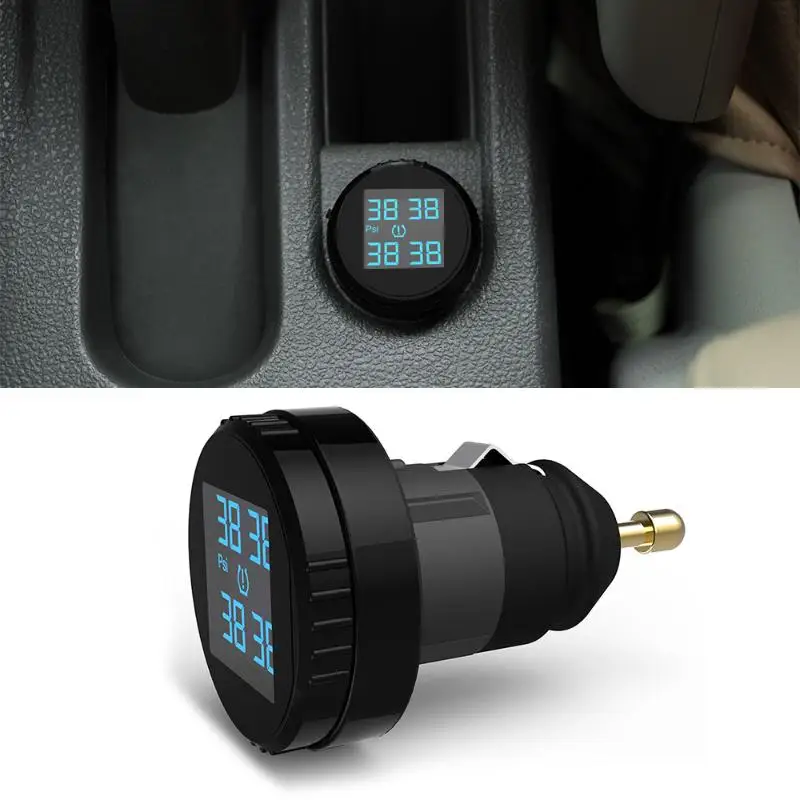
“Don’t overlook two factors in TPMS service – the spare tire and location of the sensor within each tire.”
If a customer is simply looking for you to turn off their TPMS light without fixing the underlying cause, this type of situation can create unnecessary liability for you and your shop. If you turn off the light without fixing the issue, you are violating the NHTSA’s “make inoperative” provision, which then leaves shops legally responsible for disabling the TPMS. It is your responsibility to explain this to your customer, and to refuse service if they decline to have the issue properly fixed.
If a single sensor has reached the end of its lifespan, it is highly recommended to replace all sensors at the same time. Similar to headlights, once one sensor dies, the rest are likely to be close behind. The same is true for a corroded valve stem or other non-impact sensor replacement. This is an important point for your customers to understand and can help you provide the best service for their vehicle.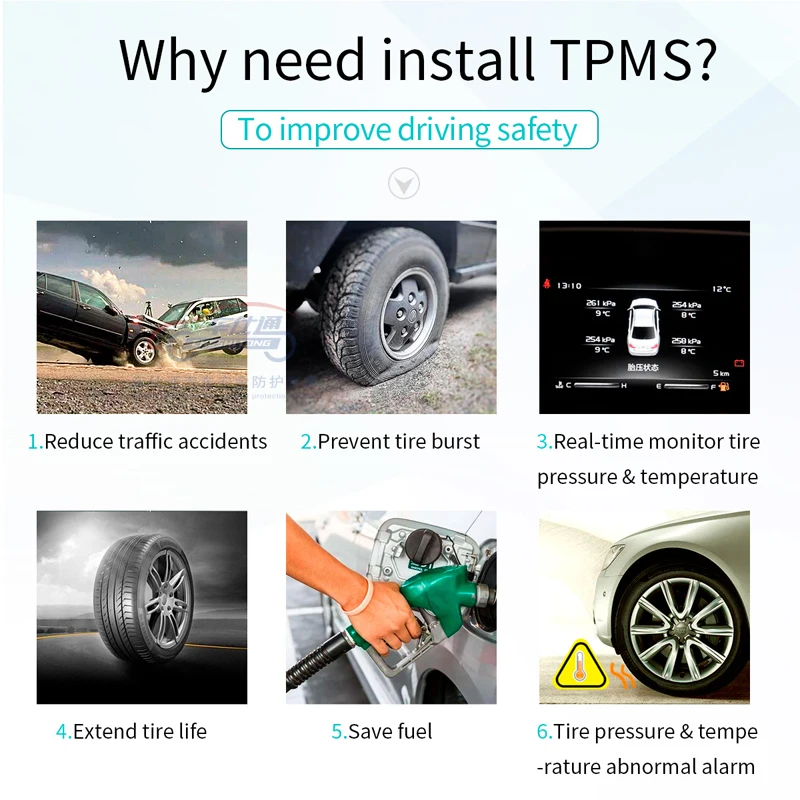 It also is a convenience to them.
It also is a convenience to them.
For any motorists that swap their tires out for changing seasons, it’s crucial that the TPMS sensors are reactivated and recalibrated each time. If this is not done, the vehicle’s TPMS will not perform properly and may cause the TPMS light to turn on.
TPMS is not going away. If you haven’t had to replace or relearn sensors before, you will in the future. A dedicated TPMS tool will help you and your shop from turning business away and allowing you to relearn and reprogram sensors faster.
Look for a tool with built-in reprogramming features so you’ll have all the information needed to complete the job quickly. One with an OBDII dongle can even put the vehicle into learn mode and wirelessly scan and relearn new sensors. Other tools can pair with your OTC diagnostic tools to relearn new sensors or work as a standalone tool. The right equipment can make the difference.
OTC 3834t
Car service "Your Wheels" sells tire pressure sensors in Moscow.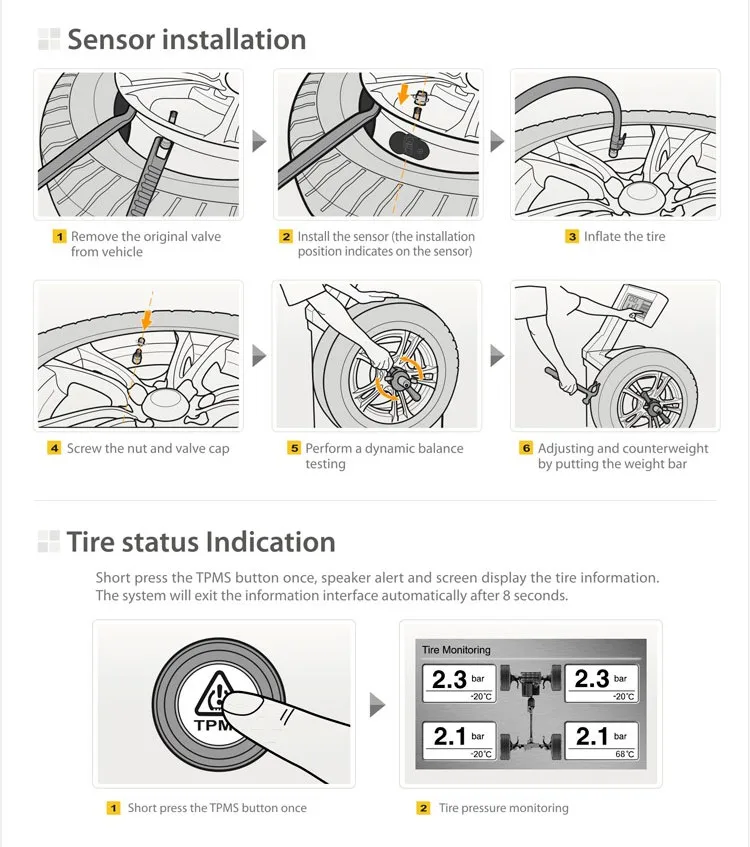 Car owners living in CJSC, SEAD, SZAO can purchase TPMS systems with turnkey installation. The profile masters of our service at low prices will perform the installation of meters with registration of sensors in the on-board computer. This service can be used provided that the use of a device for monitoring air pressure is provided by the manufacturer of a particular modification of the car.
Car owners living in CJSC, SEAD, SZAO can purchase TPMS systems with turnkey installation. The profile masters of our service at low prices will perform the installation of meters with registration of sensors in the on-board computer. This service can be used provided that the use of a device for monitoring air pressure is provided by the manufacturer of a particular modification of the car.
The TPMS system is a set of sensors with a signal receiver and a control unit designed to monitor tire temperature and pressure. Information to the driver is displayed on the dashboard or in the form of separate indicators. The design of the sensors, which are the key elements of the system, includes several components: a transmitting antenna, a battery, a tire pressure and temperature gauge.
Depending on the installation option, you can buy sensors of the following types:
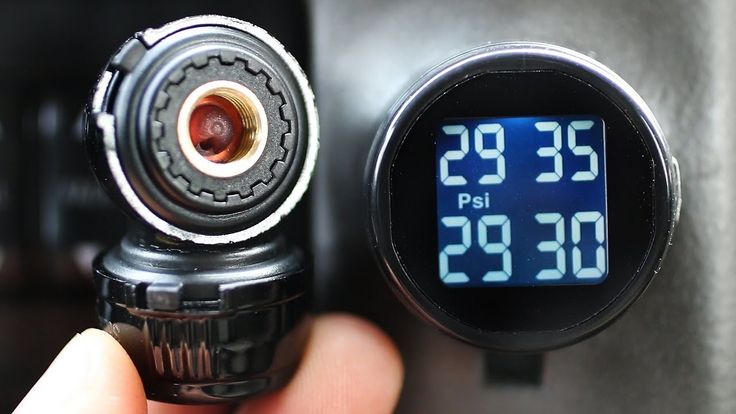 Screw on instead of caps. When the pressure changes, a special valve moves. Control by the color of the outer surface: "normal" - green, "need to pump up" - yellow, "very low" - red.
Screw on instead of caps. When the pressure changes, a special valve moves. Control by the color of the outer surface: "normal" - green, "need to pump up" - yellow, "very low" - red. Replacement of the pressure gauge is required in case of mechanical damage or exhaustion of the resource assigned by the manufacturer. Service life, as a rule, does not exceed 10 years. During intensive operation with maximum loads or under extreme conditions, this period is 1.5–2 times shorter.
Decrease in pressure in tires below the set one leads to an increase in the resistance of the wheels to rolling.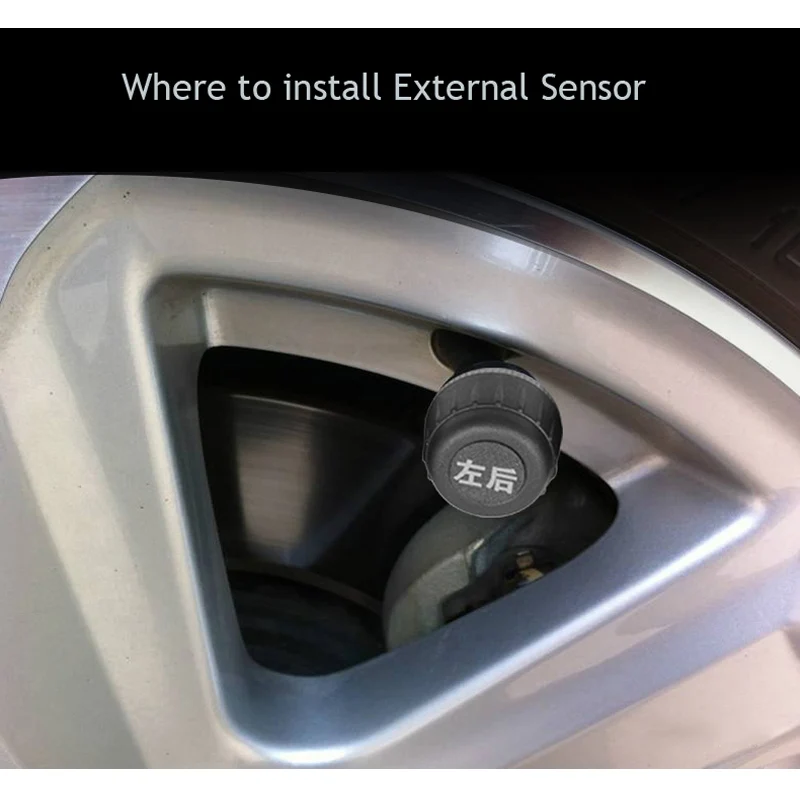 As a result, tire wear and fuel consumption increase with deterioration in handling. In emergency cases, it is possible to rotate the tire on the disk or stall. The purchase of TPMS sensors will allow you to constantly receive information about the condition of the tires in order to respond to problems in a timely manner to prevent accidents related to rubber damage.
As a result, tire wear and fuel consumption increase with deterioration in handling. In emergency cases, it is possible to rotate the tire on the disk or stall. The purchase of TPMS sensors will allow you to constantly receive information about the condition of the tires in order to respond to problems in a timely manner to prevent accidents related to rubber damage.
Advantages of sensors supplied by our company:
We have a large selection of certified components from trusted manufacturers with a guarantee. All work is carried out by specialized craftsmen with experience. Before changing the sensors, a free diagnostic is carried out. Our car service offers a full range of services from purchase to on-board computer programming.
Our car service offers a full range of services from purchase to on-board computer programming.
To consult a specialist before buying a TPMS system, write a message in the chat or request a call. The manager will promptly answer questions and agree on the time of service in one of our technical centers.
We made a general review of TPMS pressure sensors in the article “TPMS tire pressure and temperature sensors will save your tires and take care of your safety.” Today we will take a closer look at ways to install sensors on wheels and the advantages of each type of .
Tire pressure and temperature monitoring systems TPMS is a set of 4 or more sensors (depending on the number of vehicle wheels) and an information block with a display. Automatic sensors, using a built-in radio transmitter, transmit data on the status of tire pressure and temperature to the main unit installed in the passenger compartment.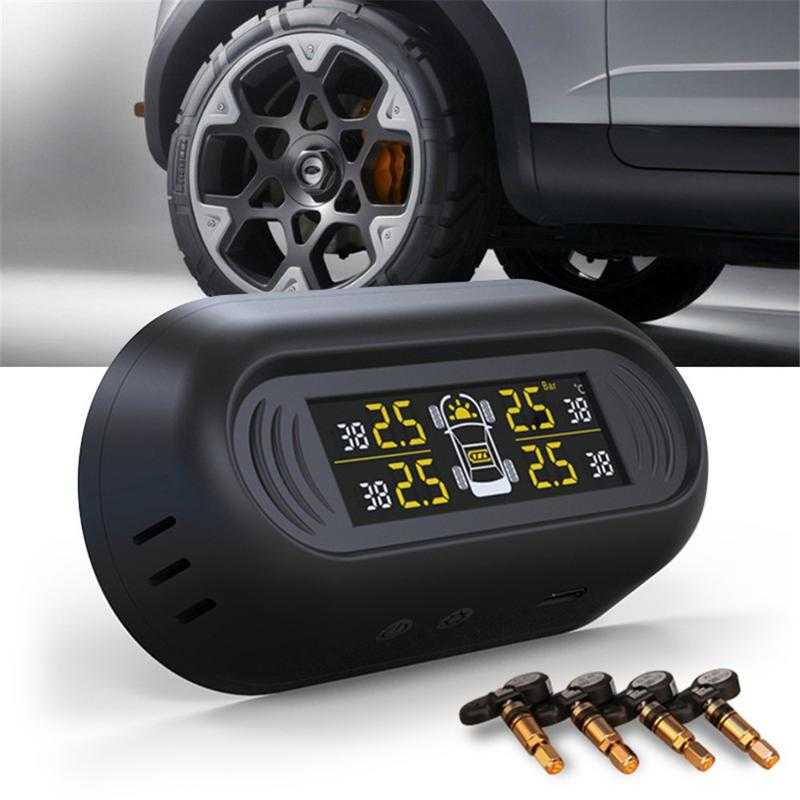 In case of deviation from the established norm, a sound signal is emitted or information is displayed on the screen in the form of numbers.
In case of deviation from the established norm, a sound signal is emitted or information is displayed on the screen in the form of numbers.
There are two types of installation of TPMS sensors : external and internal . Let's consider in more detail each of the methods.
External pressure sensors and temperature sensors are easy to install: they are screwed onto the nipple instead of protective caps. No additional settings or connections are required. After installing the sensors on the wheel valve, the pressure and temperature data are displayed on the monitor of the main unit. So, TPMS sensor kits CRX-1002, CRX-1041 and CRX-1042 are used not only on cars, but they can also be installed on trucks, heavy and light jeeps with 4 wheels, etc. If other systems only control the set parameters, then the TPMaSter 6-07 sensors for four-wheeled and six-wheeled vehicles are able to warn of high pressure and temperature inside the tire. Pressure and temperature sensors TPMS 6-10 and TPMS 6-10T are designed for installation on heavy vehicles, vans, trailers, etc.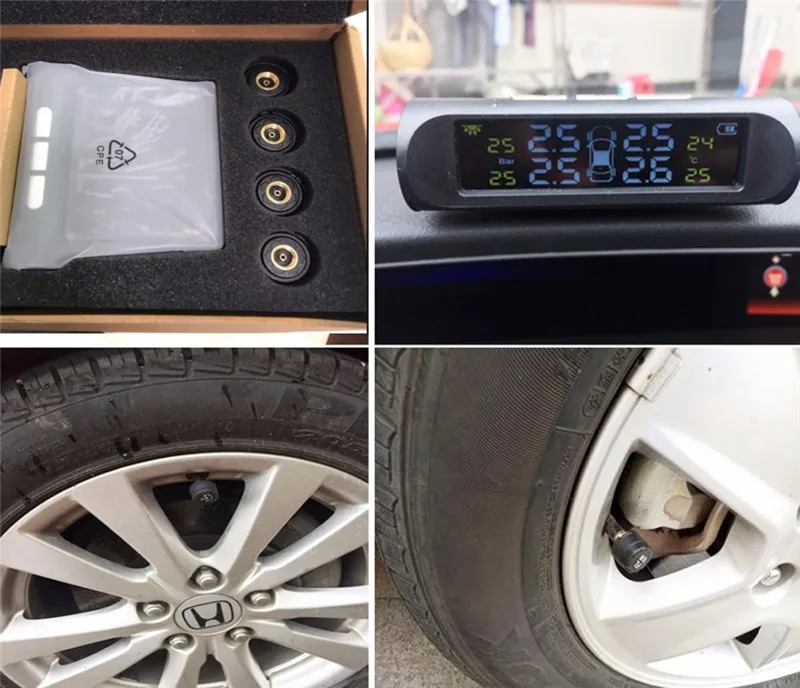 , which have from 6 to 12 wheels.
, which have from 6 to 12 wheels.
The External Pressure Sensors are handy when you have multiple vehicles or decide to buy a new car. Sensors can be easily removed and rearranged, no specialist assistance is required. The installation time of the sensors takes 5 minutes. One TPMS sensor weighs 10g or more. External sensors are the choice of SUV owners with multiple sets of wheels, as well as drivers working on shift vehicles. After all, when changing vehicles, the device can always be taken with you.
Unlike the former, the internal TPMS pressure sensors are attached to a valve inside each wheel. Inside the sensor there is a battery that has a continuous service life of up to 7 years. Metal mouthpieces are used for fastening, which is much more reliable than rubber ones. The sensors weigh only 35 g, so balancing the wheels after assembly is simple and can be done at any tire shop. Sensor kits with internal installation TPMS CRX-1001 and CRX-1003 are designed for mounting on cars and trucks with 4 wheels.